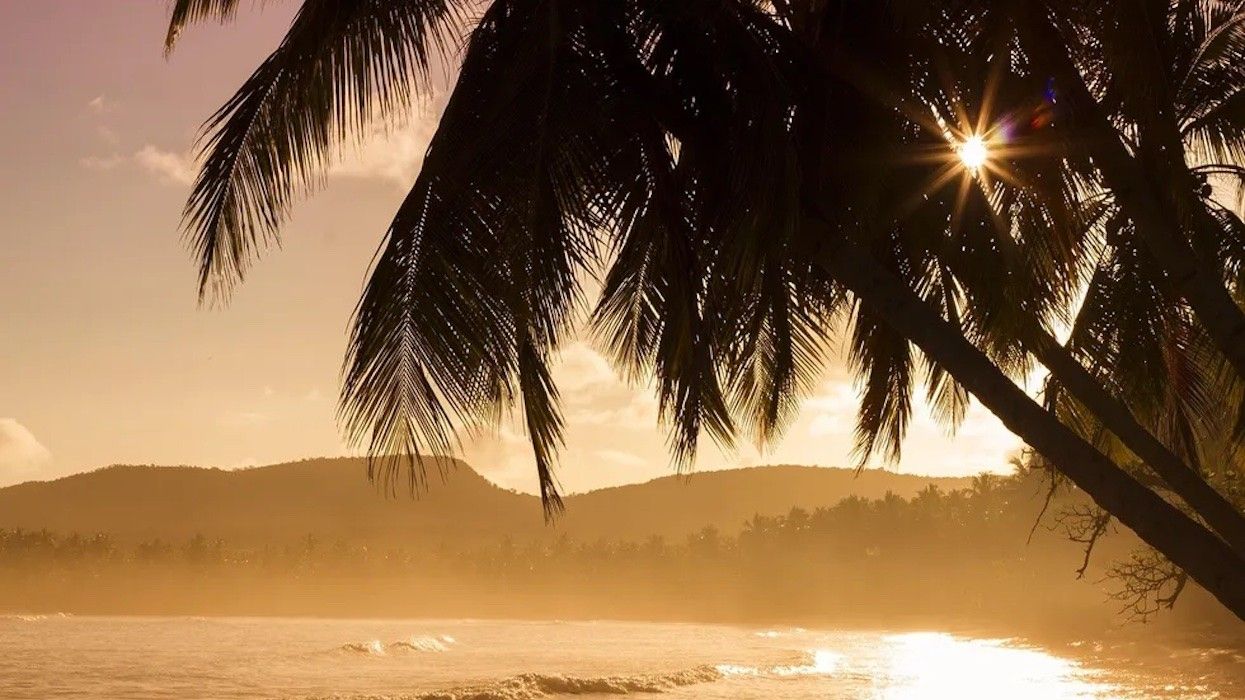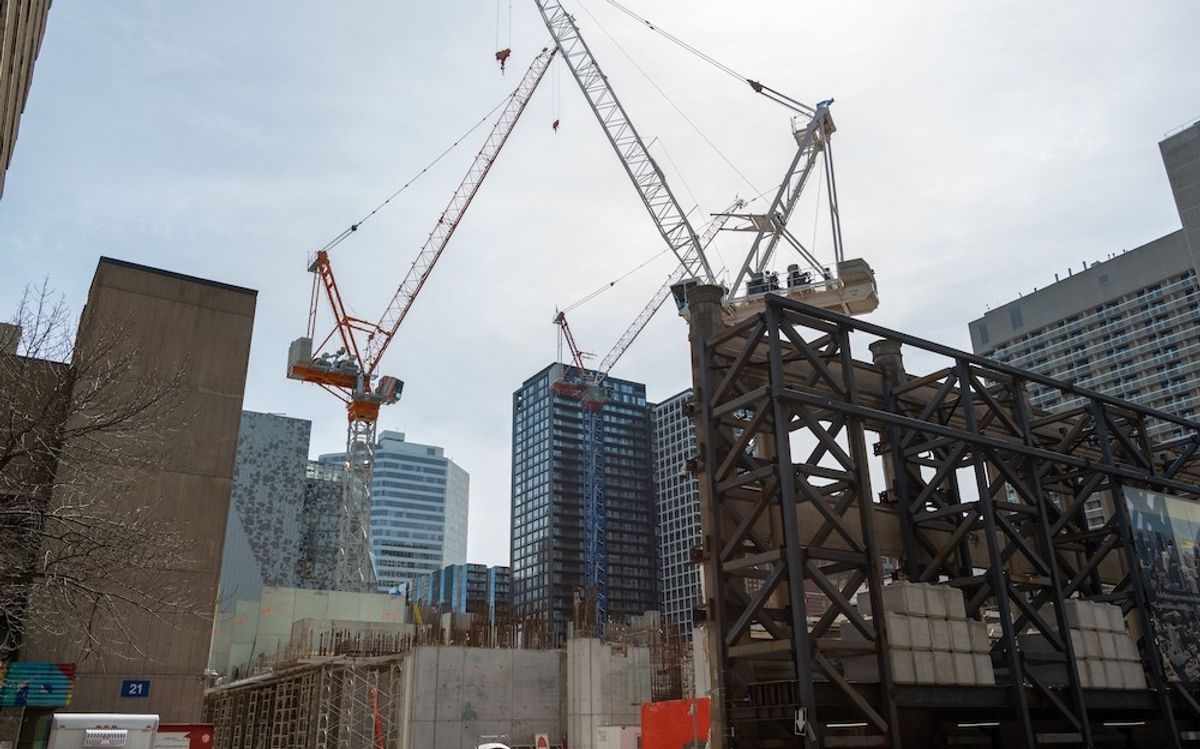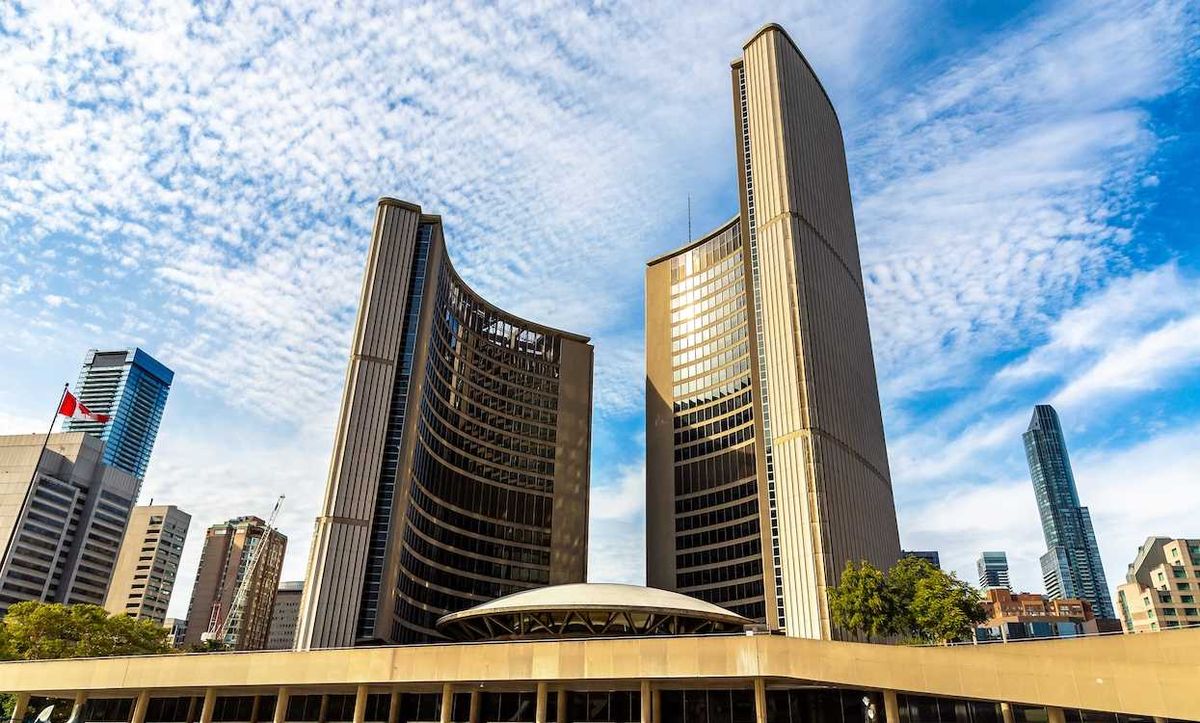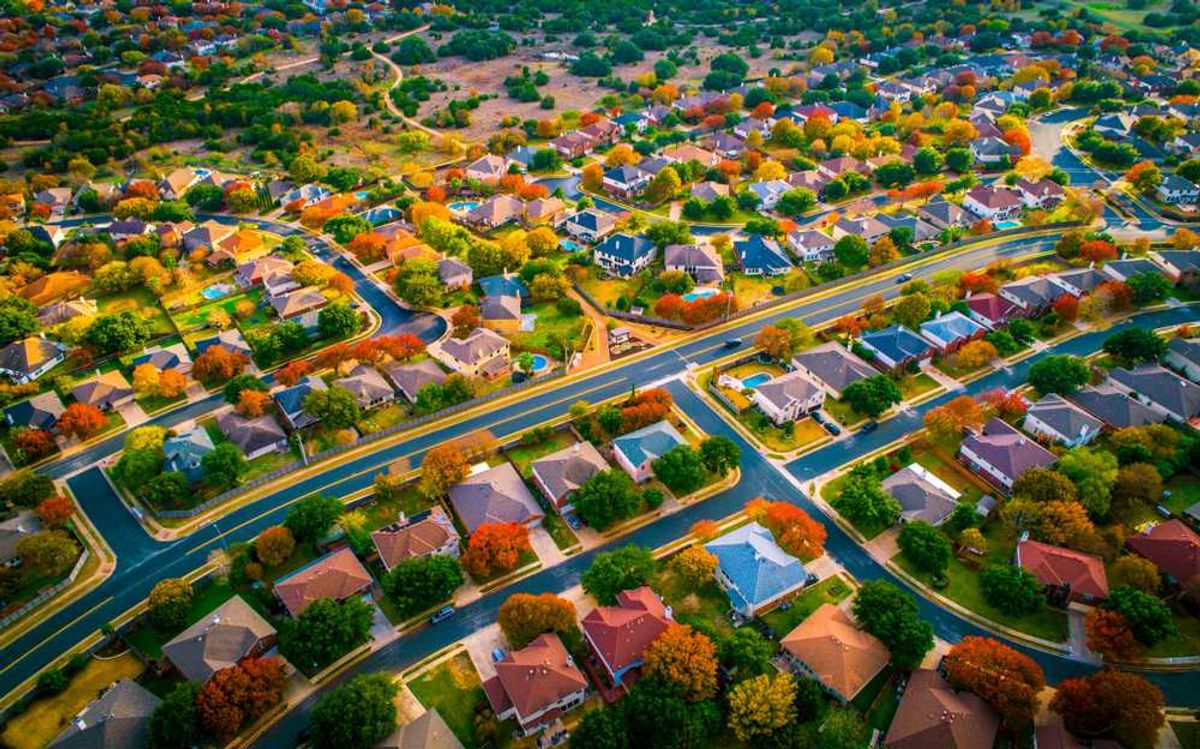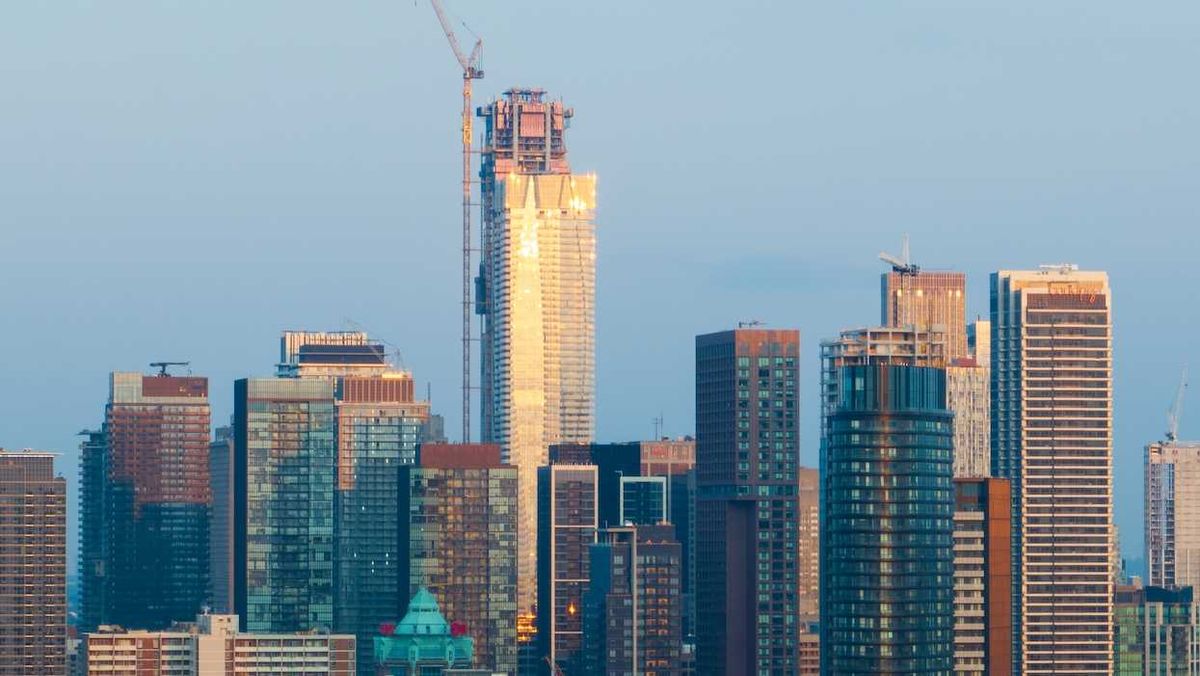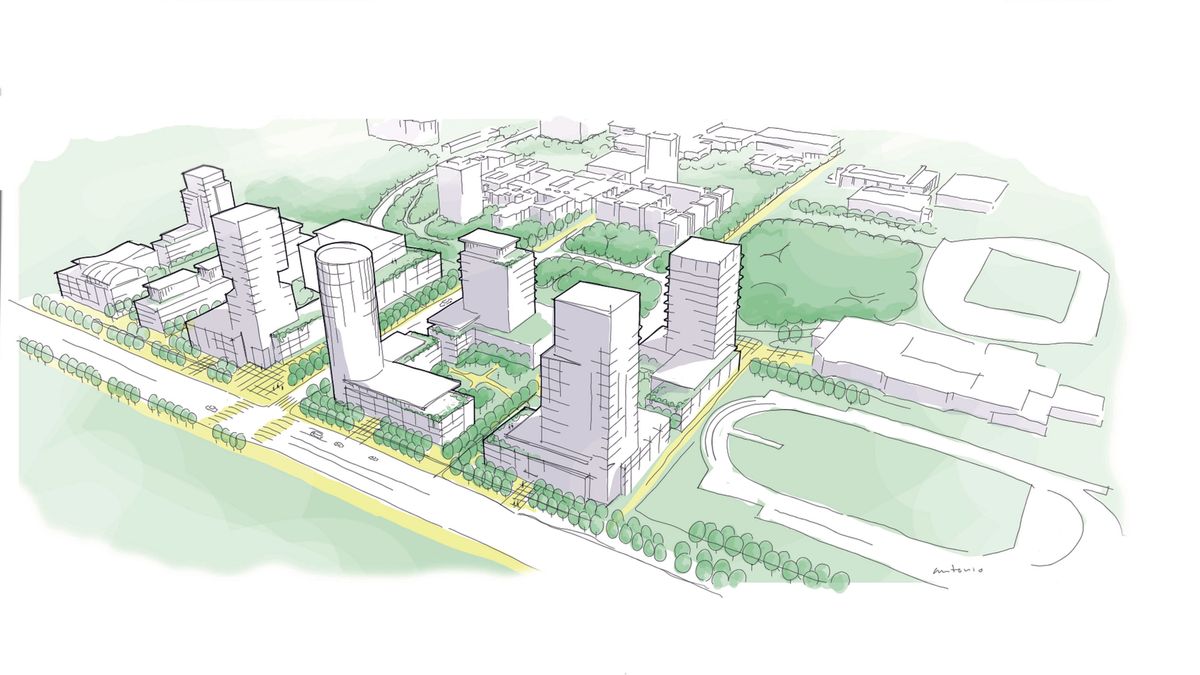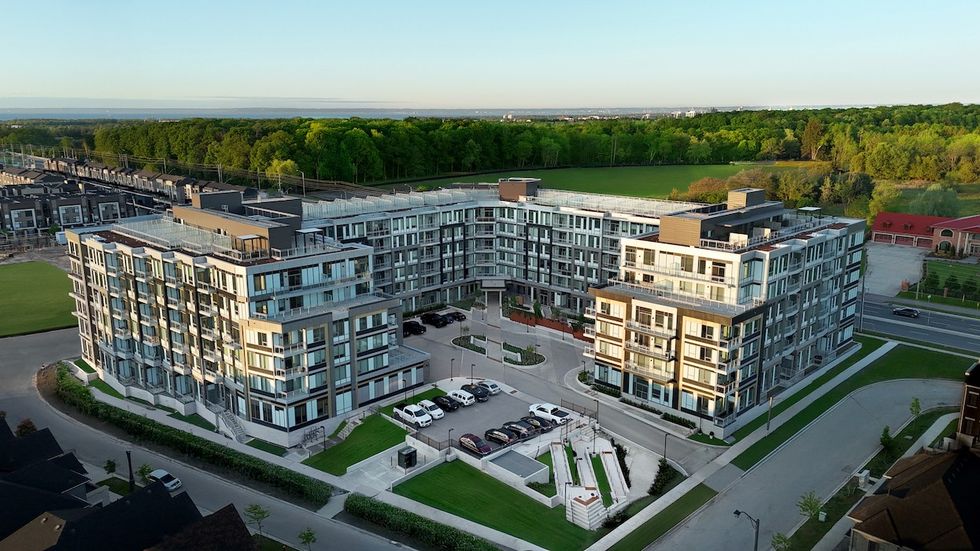Editor's Note: Some full names have been withheld due to fear of retribution from the current US administration.
As they settle back home in Canada, the big question among the snowbird set is whether or not they’ll return to Florida for the next winter season. In other years, there’d be no question. With its warm weather, relatively close proximity, relaxed lifestyle, and ample opportunities for golf, pickleball, and tennis, the appeal is obvious for the active snowbirds – especially retirees. But the current political climate – one where the term 'elbows up' has become as commonplace as American President Donald Trump's annexation and tariff threats – has snowbirds reevaluating their winter escape plans.
Data released recently from Statistics Canada (StatCan) reveals that the number of road trips for Canadians heading south of the border has plummeted by 35% compared to April 2024, marking the fourth straight month of declines. Furthermore, return trips by air dropped 19.9% in April.
It's not just the short-term visitors who are parting ways with the United States (US); many Canadian snowbirds are packing up their Florida properties and putting them on the market. In what is very likely a direct response to this trend, the US just proposed a new bill that would allow Canadian snowbirds to stay in the country visa-free for 240 days (up from 180).
Still, many snowbirds have already made up their minds. Toronto resident Kathleen and her family have enjoyed their Naples, Florida condo for years, and even more so in retirement. She typically spends three months of the year there, where she enjoys the weather, bridge games, cocktails with neighbours, and pickleball. While Kathleen always envisioned keeping the escape long-term, "literally, everything changed on Inauguration Day," she says.
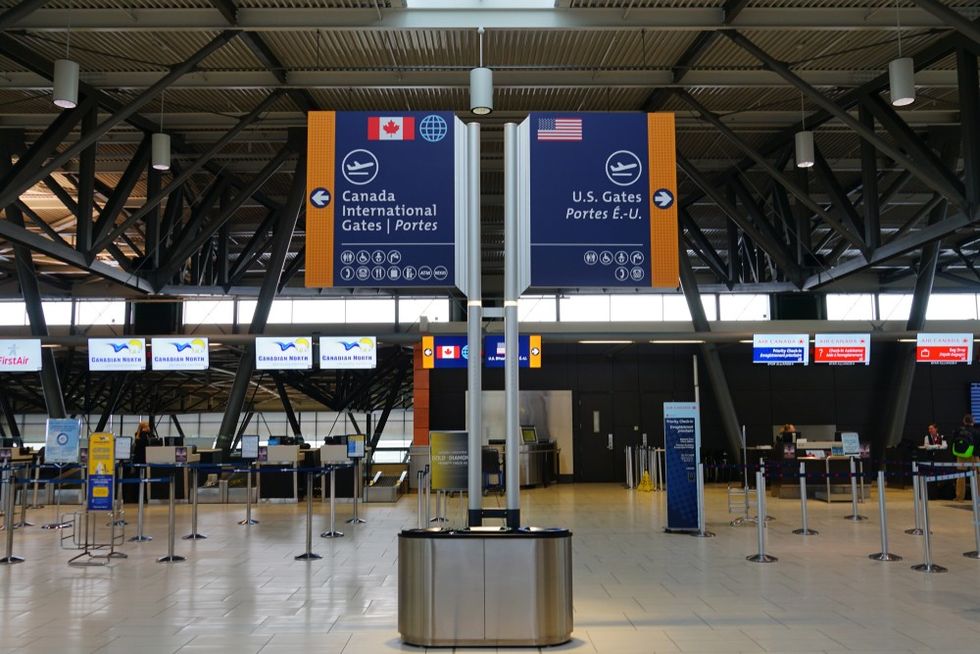
"It just started to feel different." So, she decided in January 2025 to rent out the condo for the upcoming snowbird season (January to April), a move she describes as "buying some time" before deciding whether or not to sell. "It's possible that I won't be going to the States for a few years, and will pay someone to open, close, and maintain the place," she says. Kathleen says she knows a few Canadian friends who have recently put their Florida homes on the market.
Ontario resident Jackie inherited her Fort Meyers-area Florida condo from her parents, who originally purchased it in 2002. A slew of activities and amenities – not to mention, the weather – have made the property a reliable second home. This year, however, no shortage of Trump signs, politically-dominated conversations, subtle neighbourhood tensions, and, frankly, she says, President Trump's behaviour, has her questioning her return next winter, as well as the potential sale of the home. "We'll decide closer to the time," she says. Some of her long-time snowbird friends, however, have made up their minds to boycott the States and list their vacation homes.
And they're not alone. Snowbirds are now setting their sights elsewhere; everywhere from the Caribbean and Central America to Europe, taking into account everything from lifestyle and cost of living to tax breaks and healthcare.
The Bahamas
Basked in sunshine, just slightly south of Florida, The Bahamas is a long-time go-to for Canadian snowbirds, especially those interested in the luxury market. Its weather, turquoise waters, and proximity to Canada make it a no-brainer. Ashley Tomlinson, a Nassau-based realtor at Graham Real Estate, says Canadians are selling their properties in states like Florida and Arizona and looking for alternative homes in The Bahamas.
“I think the convenience of two relatively short, direct flights a day from Toronto to Nassau is a major contributing factor as to why The Bahamas is such a popular destination with Canadian Snowbirds,” says Tomlinson. “There are also direct flights from Montreal and Calgary. The Bahamas is English speaking and a former colony of the UK, like Canada, so we share some history and British influence.”
The biggest draw, understandably, is the wintertime weather, says Tomlinson. “Sunshine, warmth, beaches, and the beautiful, turquoise ocean — it's the perfect break from the winter. When you’re weighing the options of shovelling show or going to the beach, the Bahamas is not a hard sell.”
New Providence, Nassau is probably the most popular Island for Canadian snowbirds, according to Tomlinson. “It is a quick flight from Toronto and has the most amenities and conveniences of all of the islands,” she says. “In Nassau, there is a sizeable Canadian expat and international community, a Canadian consulate, a wide variety of restaurants, nightlife, social events, golf courses, world-class boating, fishing, and water sports. Nassau is also our financial hub, and The Bahamas, in general, is a draw for people looking to do business in a tax-friendly environment.”
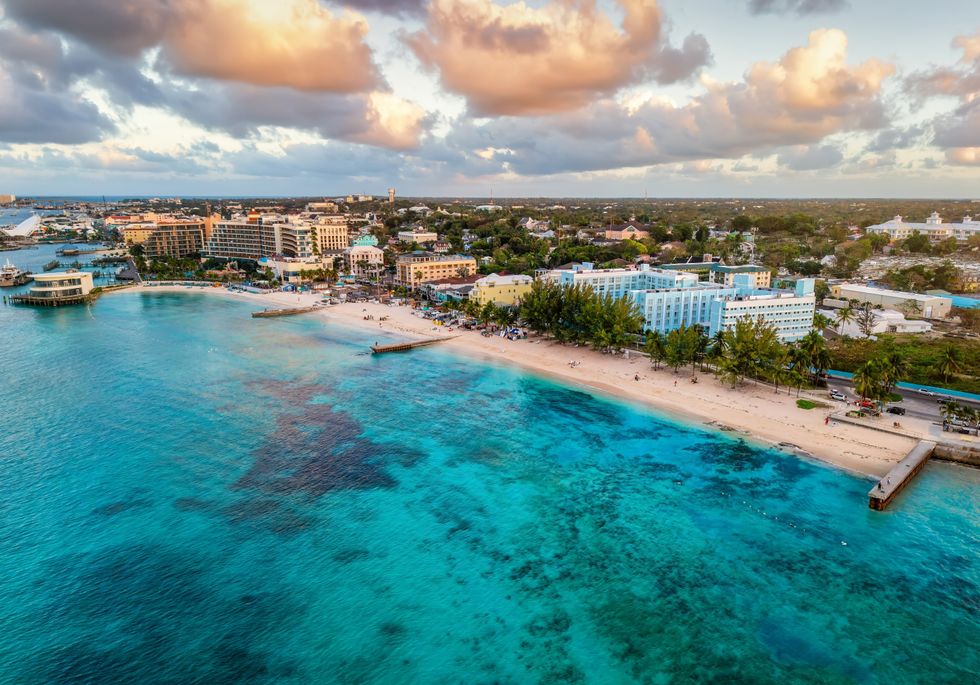
It should be noted that the cost of living is relatively high, as everything from groceries to cars to building supplies need to be imported. However, Tomlinson says there are is a wide variety of real estate options available, on a range of islands with a range of amenities and remoteness.
“A direct flight will take you to the capital, Nassau, where things are generally more expensive and also more convenient and accessible. But once in Nassau, if you take a short connecting flight to say, Long Island, or Eleuthera, where there is significantly less density, you can get more land for your dollars — the trade off is less amenities and conveniences,” says Tomlinson.
“Harbour Island, The Abacos, and The Exuma Cays all add further range of real estate options as well — including the ultra luxury. So it really depends on what kind of experience a snowbird is looking for. I would encourage anyone thinking of investing in real estate in the Bahamas to take some time and visit, to explore a few of the family islands, and get acquainted with the options that suit their lifestyle.”
It's important to note that, as of January 1, 2025, the Bahamian government increased the minimum investment in property from $750,000 to $1,000,000 to be eligible for residency. “So, that’s something for snowbirds to consider should they be interested in becoming a resident,” says Tomlinson.
She also makes note of the long history of Canadians in the Bahamas, whether for recreation or business opportunities. "The first bank in The Bahamas was actually the Royal Bank of Canada. We also have Scotiabank and CIBC – which all have decades of banking experience in The Bahamas," she says.
Mexico
Mexico remains a popular option for Canadian snowbirds. “People have been more open to expanding their getaways and purchasing second and third homes not only in the US, but other parts of the world and primarily Mexico,” says realtor Amy Leong of Engel & Volkers Vancouver, who also shares that a heightened interest in Mexico inspired Engel & Volkers to open up shop in Tulum and Los Cabos.
Leong says Mexico's draws are plentiful, highlighting things like the low cost of living, culture, large expat communities, recreational activities, wellness offerings, quality healthcare, weather, and political and government stability. It’s also relatively close to home for Canadians.
“From Vancouver, you have a direct flight to Cabo and soon Tulum with the new international airport that opened in early-2024. From Calgary and Toronto, snowbirds can now fly direct to Tulum. This has opened up people's minds to spend extended periods of time in their favourite spots and benefit from economic growth. Even property managers are changing their minimum stays, and doing one-, three-, and six-month stays,” says Leong.
“The snowbirds are treating themselves to more of a staycation and that turns into a real estate purchase more often than not because people want their own piece of paradise. The feeling of ‘I never want to leave’ sets in, and snowbirds realize this is what they have worked hard to experience their whole lives, and with a purchase, they get to set down their roots and flourish.”
Realtor David Hutchinson says interest from Canadians in Mexico has “dramatically increased” as of late. “I think that not only the political shifts here, but the shifts in the US as well, have driven Canadian snowbirds away from Florida and Phoenix and into Mexico,” says Hutchinson. “Not to mention, those real‑estate markets are not doing so well. I think Canadians, due to the political climate, are dialled into Mexico. I find Costa Rica may be out of reach with higher prices; the Dominican Republic, I think, is just too new."
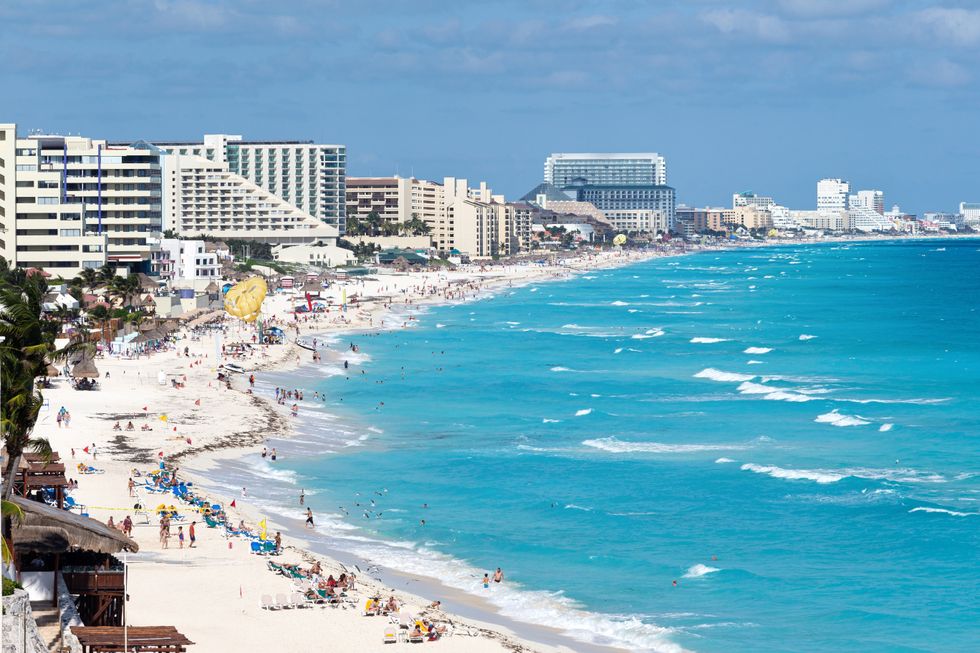
Hutchinson says the eastern side of Canada tends to flock to Quintana Roo (Cancún, Playa del Carmen, and Tulum), while the western side tends to land in Los Cabos. “With the US elections, we started to see a big uptick, and to be honest, over this past week alone I have gotten over 120 DMs on social media from upset Canadians looking to either invest in or move to Mexico,” says Hutchinson.
Price-wise, Mexico's real estate is relatively attainable. “In Mexico, you can buy close to the beaches for substantially cheaper price-per-sq.-m than any other coastal areas around the world,” says Leong. “Tulum specifically is rated top 10 beaches in the entire world, up there with the French Polynesian beaches, and British Virgin Islands — and yet it's a fraction of the cost.”
Hutchinson says there are options for everyone. “Contrary to popular belief, you can finance up to 70% of the purchase price through Mexican banks,” says Hutchinson. “With 30% down, you can get into the real estate market here and have 20 years to pay off the remaining 70%. Entry‑level buyers can still purchase a new‑build studio or resale condo in Tulum or smaller beach towns for around $100,000 [US]. Moving into the mid‑market, you’ll find one‑ and two‑bedroom units with respectable amenities in places like Tulum, Playa del Carmen, and Mazatlán in the $150,000–300,000 [US] range, while similar condos in Los Cabos tend to start in the high-$200,000 and climb into the mid‑$400,000.”
There is also no shortage of options for the luxury-only set. “If you’re after luxury living, trophy homes in Cabo or penthouse units in Tulum typically begin around $600,000 [US] and stretch into the low seven figures,” says Hutchinson. “Think: cliff‑top estates with infinity pools and full staff quarters. Cabo commonly sees sales north of $10 million [US] in gated communities like Pedregal.”
While there’s no ignoring the reality that Mexico experiences high crime rates (and is currently under an advisory), Hutchinson highlights that no place is immune to crime.
“I’ve had my Range Rover stolen from my downtown Toronto condo, and many friends [in Toronto] have had their cars stolen too,” says Hutchinson. “Shootings happen every weekend in Canada. In Mexico, if you’re friendly and mind your own business, I’m confident you won’t have any issues. I walk around every day and feel safer in Tulum than on some streets in Toronto. My fiancée and I walk to the gym daily, join run clubs, walk to restaurants, and drive around at night, and we’ve never had anything negative happen. The Mexican people are incredible; they welcome Canadians because we make up a significant portion of their GDP through tourism. As Canadians, we’re known for being nice, so as soon as locals hear you’re Canadian, they’re excited to meet you and help however they can.”
Turks and Caicos
With its white-sand beaches, easy-breezy lifestyle, and range of property options – from condos to private villas and luxury resorts – the appeal of Turks and Caicos for Canadian snowbirds is undeniable. The Caribbean island is just over a four hour-flight from Toronto and allows Canadians to stay up to three months without a visa.
There have always been a lot of Canadians in Turks and Caicos, according to local realtor Sean O’Neill. “The number of Canadians who move here then buy property seems to exceed the proportional number of Canadians who come here on vacation,” says O’Neill. “And obviously, because we don't have any income tax or any annual property tax, it's a pretty positive alternative to being in Florida, especially if you've got people who are in a position where they may be semi-retired, but still doing a bit of work.”
In the past, O’Neill says he’s seen a lot of interest in Turks and Caicos from people in their 40s with kids, as well as snowbird retirees. Now, in the current political climate with the Canadian-US relations, O’Neill thinks more snowbirds will come. “I do think more people are going to look over Florida and into the Caribbean generally for alternative property options,” says O’Neill. “And as our airlift has increased into Canada, the number of people who are coming down here has increased significantly. You can easily fly from Toronto, Ottawa, and Montreal.”
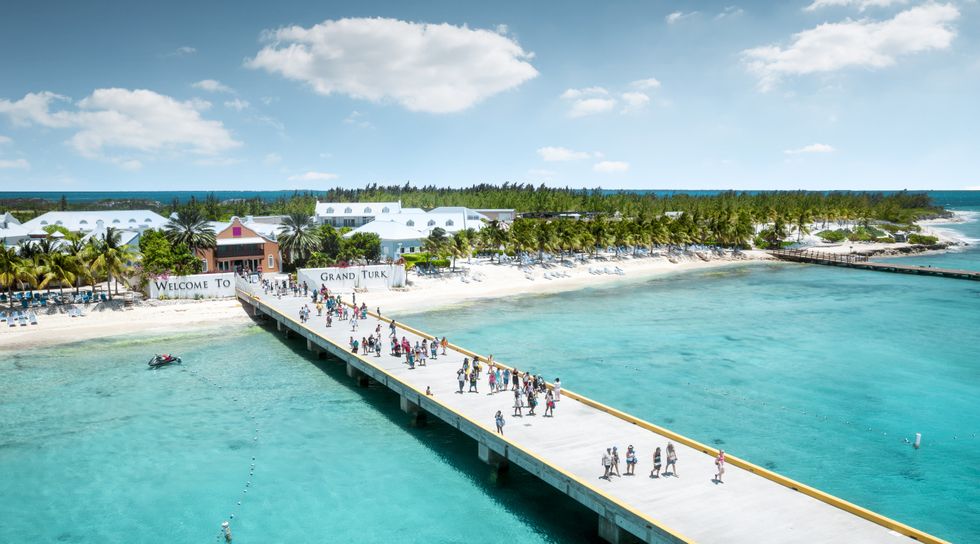
While the climate and picture-perfect beaches are an obvious draw, so is the lifestyle. “Particularly, Providenciales (Provo) is a really nice balance of a busier island like Nassau and a quieter one like the Exumas,” says O’Neill. “We have great restaurants and supporting infrastructure in our communities, but it’s not as overbearing as, say, Nassau. Provo has a population of 45,000 people, so it still feels like a small village.”
Turks and Caicos isn’t necessarily a cheap place to call home for the winter, but there are options on the real estate front. O’Neill says the real estate prices are similar to The Bahamas or Cayman Islands. “Affordability is relative to every purchaser, but I think we have a range of options depending on where you’re located and what size of home you want," says O'Neill. "Do you want a condo development with amenities all around you? Do you want a single-family home? What size? We have opportunities for people ranging from $500,000 and up.”
O’Neill additionally points to the notable number of Canadian businesses in Turks and Caicos. “You only have to look across the commercial infrastructure that's here [to notice this]. We have a lot of Canadians who run the resorts and other businesses,” says O’Neill. “Some of our biggest developers are Canadian. For example, Bruce Maclaren, the developer behind Wymara Resort + Villas, is originally from Ottawa. I know from working with him a lot that there’s a level of comfort for Canadians coming into purchase when they know they’re buying from a Canadian.”
Spain
Spain has become a popular snowbird spot in recent years. The country’s relatively low cost of living – when it comes to everything from dining out to rental costs – adds to this appeal.
“Spain was the first place that came to mind when we decided to launch our European division,” says Ivan Lukaroski, realtor and Co-Founder at Orion Platinum Realty. This new division is focused specifically on helping Canadian snowbirds and vacationers find second homes. “It's a place where we can see ourselves retiring personally," says Lukaroski. "My father and co-founder spent a few months in Florida last year doing some market scouting and was surprised at how little it had to offer compared to coastal Spain in terms of healthcare, lifestyle, and quality of life."
Lukaroski says that Spain checks many boxes for Canadian snowbirds. “Much of Canada's older population has European roots, and there is an intense emotional and cultural draw to being in Europe for a while,” he adds. “Spain offers a laid-back Mediterranean way of life, excellent healthcare, an open expat culture, and lower living costs compared to other Western countries.”
Another strong draw is Spain’s real estate investment potential, says Lukaroski. “Spain's beach resorts are very popular with international visitors, so when the property is not occupied, there's generally a high chance of rental income, especially in peak season. That lifestyle, with possible ROI, makes it especially attractive to Canadian buyers.”
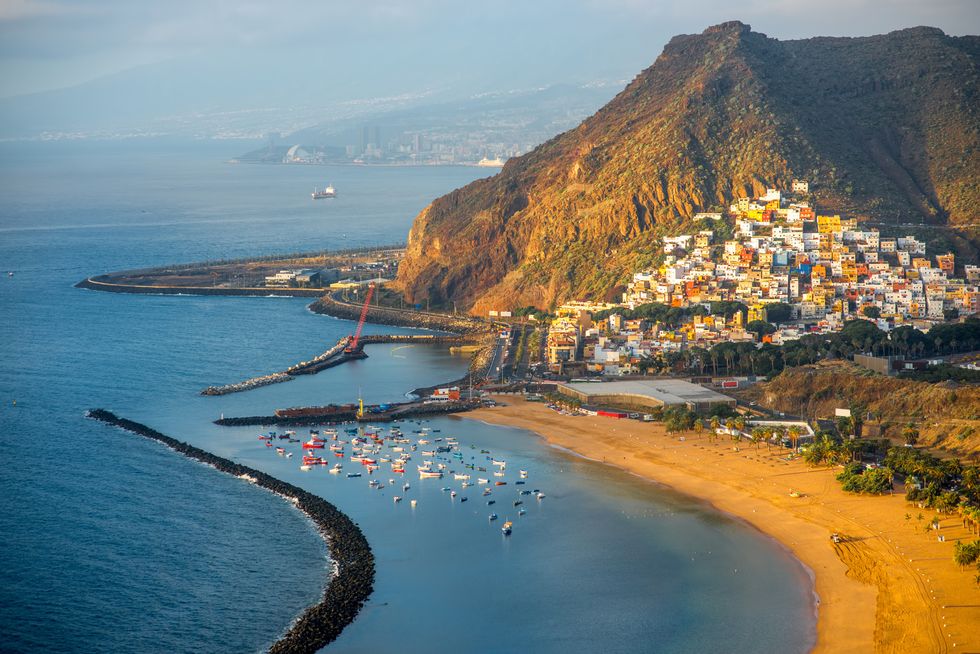
Those looking to escape the Canadian winter will likely gravitate towards the country’s warmer southern regions, like the Canary Islands and Costa del Sol. “We believe that Costa del Sol is one of the most comprehensive and attractive places for Canadian snowbirds,” says Lukaroski. “It has everything for everybody: golf, beach, cuisine and wine, culture, luxury life, anything your heart desires. The region boasts great affordable private healthcare facilities, reliable infrastructure, and a wide variety of types of property at any price point.”
Lukaroski says Spain's seaside climate can't be beat, with roughly 320 days of sunshine per year. “Accessible visa programs make it easier for Canadians to remain for many months. Some parts of the country, like Marbella, Málaga, and Estepona, already have well-established expat communities, so it is less intimidating for newcomers,” he adds. “In the future, we're also actively considering other European regions that we feel will be of interest to Canadian snowbirds. Italy, Portugal, Croatia, and France are among our targeted markets for possible future expansion.”
Other hot snowbird spots include Portugal, Panama, and Costa Rica. Of course, there’s always the option to do a few trips throughout the winter instead. “I'd go to Spain. My friends are also going to Mexico and asked me to come along,” says Kathleen. “I'm going to keep it open. I'd like to be spontaneous and travel different places.”
